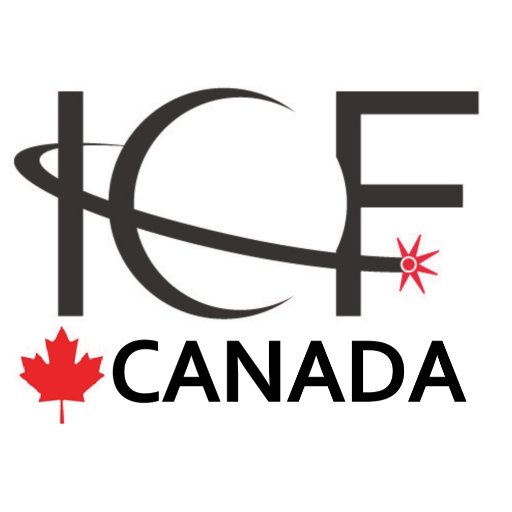
Meet the Intelligent Community of Edmonton, Alberta
Edmonton was awarded ICF Smart21 recognition in 2008, 2009, 2015, and 2017. This year it attained the prestigious Top7 2017 level.
Population: 899,447 Metro: 1,363,277
Website:www.edmonton.ca
Edmonton is a young, brash and very bright Canadian city that can boast a bit of a swagger. Nicknamed “Oil Capital of Canada” 75 years ago, it’s globally recognized as a key center for the oil and gas industry. But with the boom and bust that has teased its economic foundation for decades, it has diversified to develop as a huge research center, albeit its greatest research efforts are still focused on developing new technologies to support Alberta’s massive oil, gas, and oil sands reserves, the world’s largest reserve, after Saudi Arabia. As a consequence of undertaking this research there has been an equally significant growth in various technology sectors, reinforced by Edmonton’s reputation as one of Canada’s premier education centers.
The University of Alberta is a globally-recognized educational institution with key research centers such as the National Institute for Nanotechnology. Edmonton has also become a major financial center and center for distribution and logistics with CN Rail’s North American operational facility and major intermodal facility located in the region. In addition to physical infrastructure, Edmonton’s telecommunications providers offer relatively extensive digital broadband coverage. However, there are underserved pockets creating a digital divide. To offset this, Edmonton has developed an Open Access Initiative, which aims to develop partnerships between the city and service providers to spread affordable broadband access throughout the city.
As an example, Shaw developed WiFi services in city facilities and libraries for public use. Additionally, extensive wireless access points were installed around the city and on LRT platforms, where its citizens can access them free of charge as part of the Open City Wi-Fi service. Another partner, TELUS, is working with Edmonton to expand fiber-optic access to more than 25,000 locations through its $1 billion network expansion. Edmonton has also partnered with Cybera (a not-for-profit technical agency) to build a fiber optic network utilizing space in the new LRT tunnels under the city. Another partner, the Edmonton Public Library, is loaning out 40 portable Wi-Fi hotspots with unlimited data as part of a two-year pilot program to adults without home Internet access. This innovative program is expected to provide a key tool for access to learning and information for those who need it to find jobs and expand their portfolios.
NAIT, the Northern Alberta Institute of Technology, is partnering to educate the city’s future workforce. Its programs are designed to give students the skills most needed by regional employers, including classes to address climate change, help the region make its cities “smarter” and its industries more efficient. In addition to helping to fill the skills gaps, these programs aim to diversify Alberta’s economy. For instance, NAIT’s fleet of mobile semi-tractor-trailer education units bring state-of-the-art equipment directly to communities in need of training. NAIT has also developed an Alternative Energy Technology program, providing training and research in solar, geothermal, wind, biofuels and other potential energy technologies. Additionally, NAIT and Edmonton jointly installed solar panels on the institute’s campus to test the effects of solar panel angles and snow cover on energy capture efficiency. The Alternative Energy Technology program has resulted in a 92% employment rate for graduates of its full-time programs within nine months of leaving the school.
To combat the challenges related to growing poverty in the city, the EndPovertyEdmonton Strategy began in September 2014 with the support of thousands of Edmontonians through in-person engagement sessions and an online survey. It was a huge citizen participation effort to reduce the effects of poverty in Edmonton. It easily won unanimously approved by the Edmonton City Council the following year. Among the outcomes from this digital equality initiative was the creation of the LinkYEG. This web app provides real time information on nearby community resources, allowing users to search for available clothing and essentials, health and medical assistance, legal help, and family services.
Next month: Meet Grey County, Ontario – Canada’s other 2017 Top7 Intelligent Community
ICF Co-Founder Lou Zacharilla will travel to both Edmonton, Alberta and Grey County in Ontario during the Spring prior to the announcement on June 8 of the Intelligent Community of the Year. He will be reviewing aspects of their application and learning more about their activities as Intelligent Communities. His reports will then be shared with an international jury, whose votes will be an important part of the final selection process leading to the Intelligent Community of the Year.
